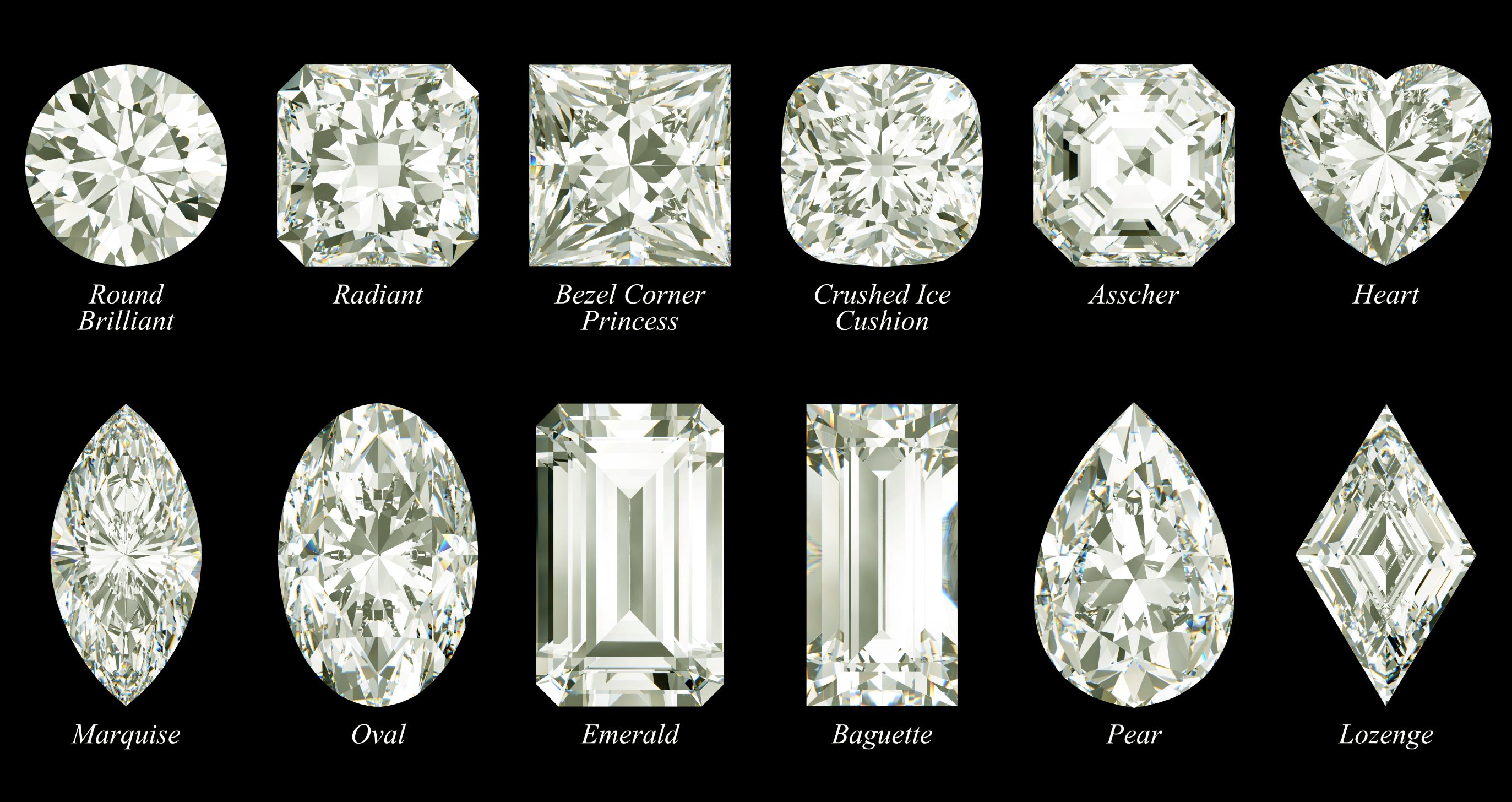In recent years, the jewelry industry has witnessed a significant shift with the emergence of lab-grown diamonds as a viable and ethical alternative to traditionally mined diamonds. This transition has brought about several innovative techniques for creating diamonds in a laboratory setting. In this article, we will delve into the processes involved in creating lab diamond and compare them with the traditional methods of diamond mining. Furthermore, we will explore alternative gemstones such as moissanite, hydrothermal gems, and nano crystal gems, shedding light on the diverse choices available in the market.
Traditional Diamond Mining: A Geological Journey

Traditional diamond mining involves a geological journey that spans millions of years. Diamonds are formed deep within the Earth's mantle under intense pressure and high temperatures. Over time, volcanic activity brings these precious gems closer to the Earth's surface, where they can be extracted through mining. This process is not only time-consuming but also comes with significant environmental and ethical concerns, including habitat disruption, land degradation, and potential human rights violations in diamond-rich regions.
Lab Diamonds: Precision in a Controlled Environment
Lab diamonds, on the other hand, are created through innovative technological processes in controlled laboratory environments. One common method is Chemical Vapor Deposition (CVD), where carbon atoms are deposited onto a substrate to form a diamond crystal. Another method, High-Pressure High-Temperature (HPHT), mimics the natural conditions under which diamonds are formed, but within a controlled chamber. These processes not only allow for the precise control of diamond characteristics but also eliminate the environmental and ethical challenges associated with traditional mining.
Moissanite Gems: A Dazzling Alternative
Moissanite, a gemstone composed of silicon carbide, has gained popularity as a stunning alternative to diamonds. Originally discovered in meteorites, moissanite is now created in labs to showcase exceptional brilliance and fire. Unlike diamonds, moissanite is not carbon-based, making it a unique and ethically sourced option. We will explore the distinctive qualities of moissanite and how it compares to both lab diamonds and traditional mined diamonds.
Hydrothermal Gems: Growing Crystals in Water
Hydrothermal gem growth involves creating gems in a high-pressure, high-temperature aqueous environment. This technique has been used for various gemstones, including diamonds. By carefully controlling the conditions within a hydrothermal chamber, scientists can encourage the growth of gem-quality crystals. Understanding the process of hydrothermal gem production provides insight into another alternative for consumers seeking ethical and environmentally friendly choices.
Nano Crystal Gems: The Future of Gemstone Technology

Nano crystal gems represent the cutting edge of gemstone technology, where tiny crystals are engineered at the nanoscale for enhanced properties. This emerging field offers the potential for creating gems with unprecedented precision, color control, and durability. Exploring nano crystal gems provides a glimpse into the future of gemstone production and the possibilities for sustainable and customizable jewelry options.
Conclusion:
In conclusion, the processes of creating lab diamonds differ significantly from traditional diamond mining, offering consumers a range of ethical and sustainable choices. As we navigate the evolving landscape of gemstone technology, alternatives like moissanite, hydrothermal gems, and nano crystal gems provide exciting options for those seeking unique and responsibly sourced jewelry. With ongoing advancements in laboratory techniques, the jewelry industry is witnessing a transformative shift towards environmentally conscious and socially responsible practices.




Comments